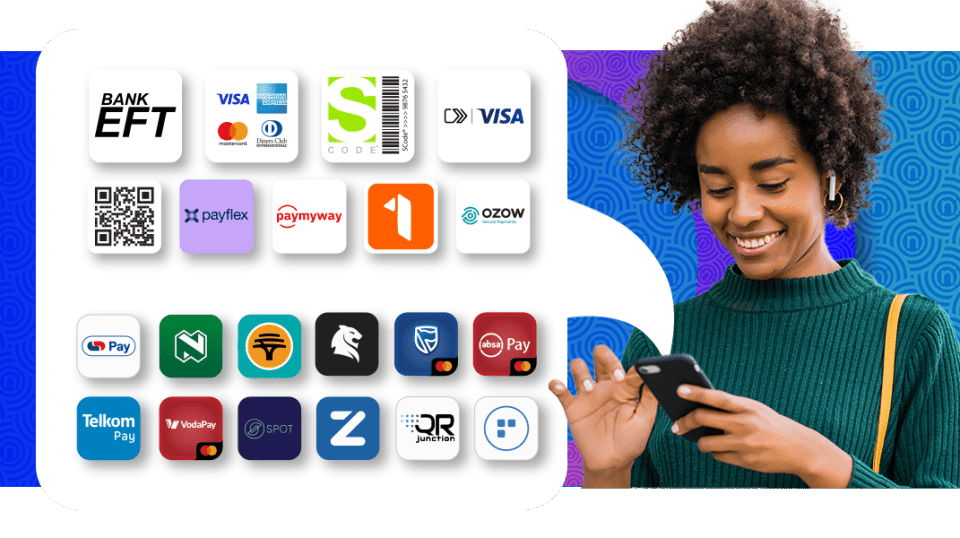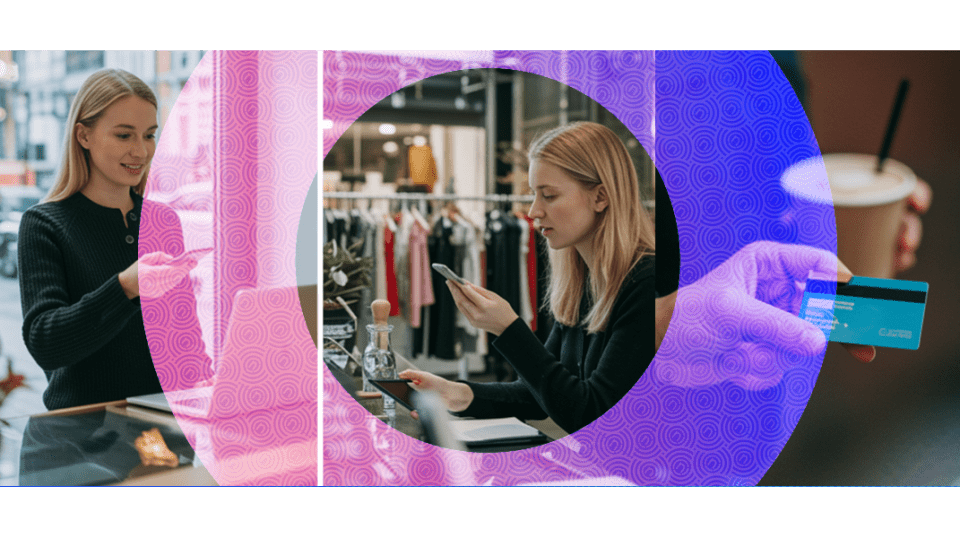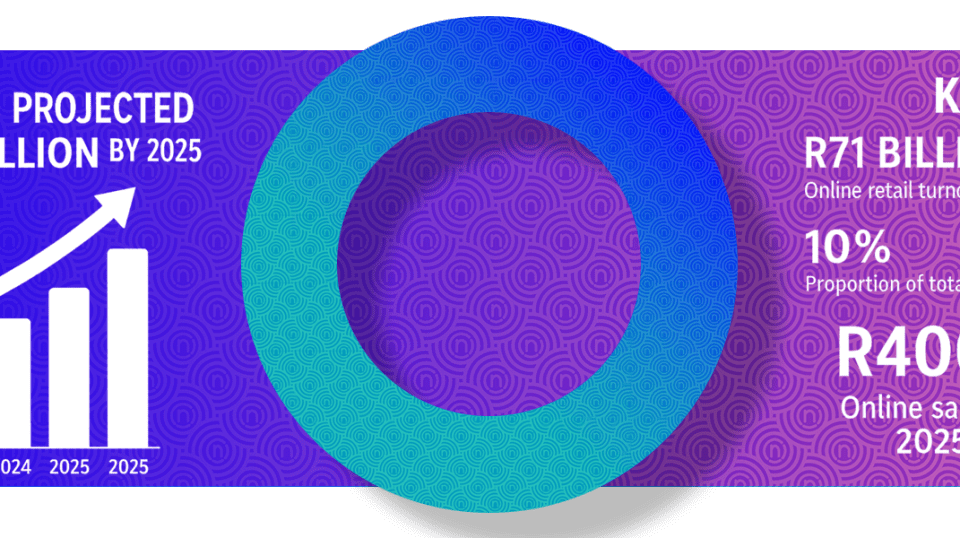
Simple steps to integrate BNPL into your business
July 4, 2025
WooCommerce vs Wix | A deep-dive on which is better
July 11, 2025If you’re a South African business owner using Shopify (or considering using it), you’ve probably hit a few snags when it comes to accepting payments. You’ve set up your products, your store looks great, and then you reach the checkout stage—and things get complicated.
Shopify doesn’t offer its in-built, native payment solution, Shopify Payments, in South Africa. That means you need to connect a third-party payment gateway. And while that’s not impossible, it does come with extra costs, technical steps, and a few local limitations.
This guide walks you through the best Shopify payment gateways in South Africa, how billing works, and what to expect when setting up your store for local and international customers. You'll learn about gateway setup, cost comparisons, local payment features like Instant EFT and BNPL, plus common setup pitfalls to avoid.
Note that all prices are correct at the time of publication. Please consult each provider’s website for the latest fees and rates.
Before reading on—choose the best online payment methods in South Africa for your business
Looking for a local gateway for your Shopify store?
Ask us about our Payment Gateway!
Challenges of accepting Shopify payments in South Africa
While Shopify is a brilliant eCommerce platform, South African businesses don’t get access to all the same features as stores in the US, UK, or Europe—one is accepting online payments.
This brings about several challenges that can limit your business’s ability to provide a seamless checkout experience for its customers, which can lead to lost revenue. But that’s not all.
Here are a few difficulties you may come across when looking for online payment solutions.
Limited availability of Shopify Payments
One of the first things you’ll notice when setting up your Shopify store is that Shopify Payments isn’t available in South Africa. Shopify Payments (or Shopify Pay) is the platform’s own payment gateway. It integrates seamlessly, offers a smooth checkout, and yields higher conversion rates.
But here in South Africa, we don’t have that option. That means you’ll have to use a third-party payment gateway to process transactions. It’s not the end of the world, but it does create some unique challenges, like picking the right payment gateway and integrating it into your processes.
Higher transaction fees
Using a third-party gateway adds an extra layer of cost. Not only will you be charged the usual transaction fees by your chosen payment provider, but Shopify adds its own cart fee on top of that. Depending on the Shopify plan you choose, that’s anything from 0.6% to 2% per sale. Plus, you’ll need to navigate fluctuating USD–ZAR exchange rates, Shopify's monthly plan charges, and integration complexities—factors that directly impact your sellable price.
So while you’re already paying for Shopify in dollars, you’re also dealing with fluctuating exchange rates—and your profit margins may take the hit.
There’s also Enterprise Commerce, but that’s custom-priced. If you have to ask, you probably don’t need it yet.
Another thing: while the plan gets you access to Shopify’s platform (like your website and checkout), it doesn’t cover everything. You’ll still need to consider Shopify fees, payment gateways, and maybe a few helpful apps.
What does this mean for billing?
Let’s break this down. Every time a customer checks out on your site:
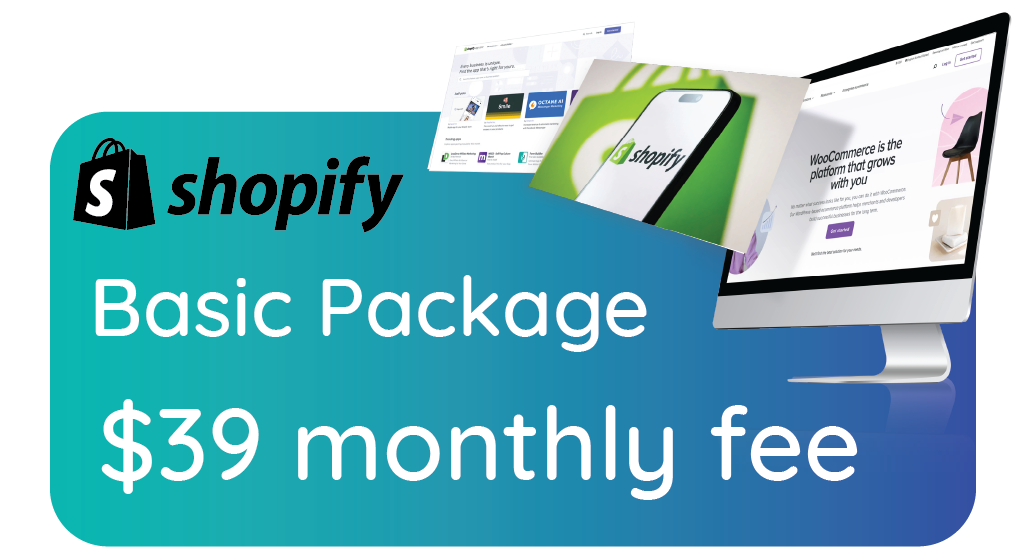
Shopify charges a platform fee (monthly – the price depends on the plan).
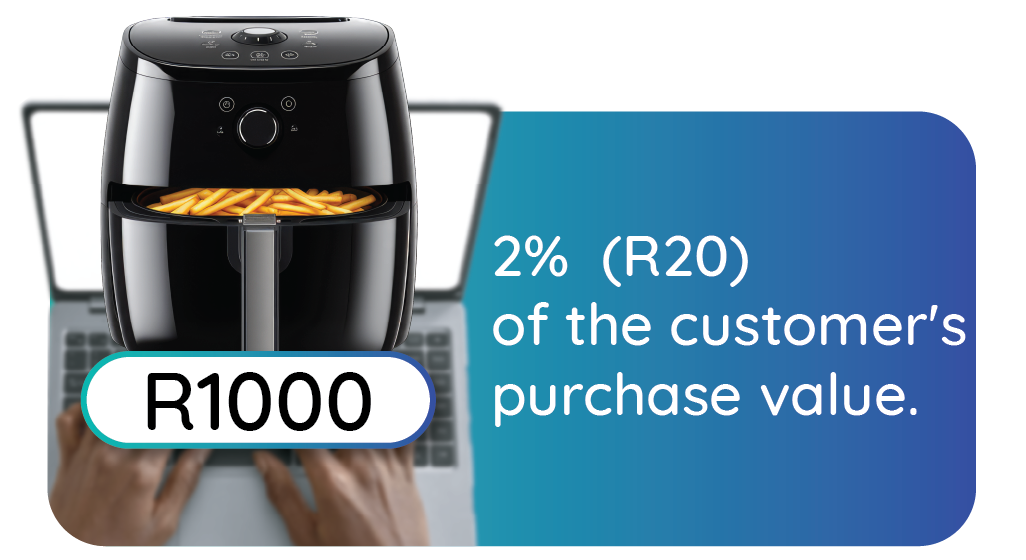
They also take a cart fee per transaction. This typically ranges from 2.4% to 2.9% of the purchase amount, plus a flat $0.30 fee per transaction, but only when using Shopify Payments.
For a third-party payment gateway, an additional fee of 2% may apply per transaction on the Basic plan. Other Shopify plans tend to charge less, at 0.6% to 1%.
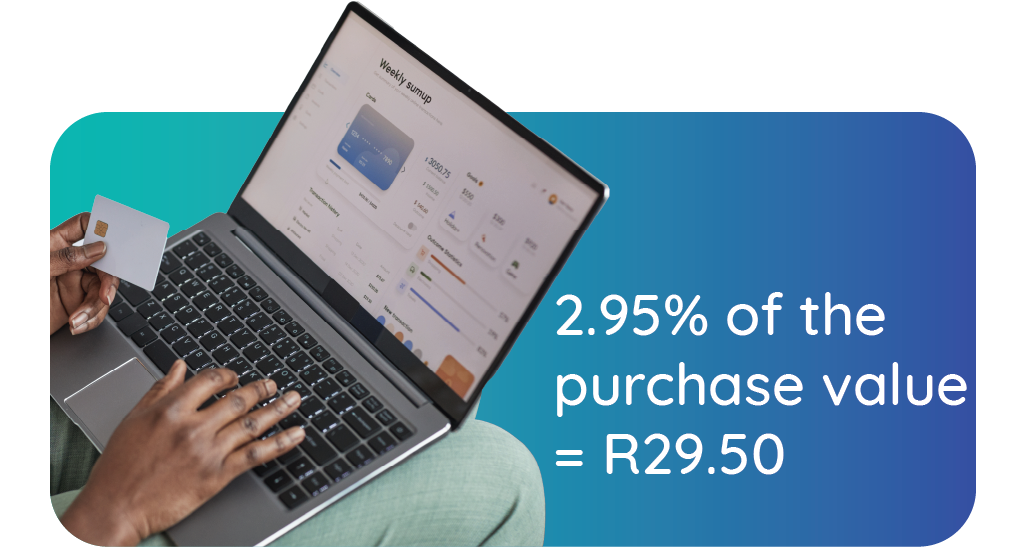
Your payment gateway also charges a transaction fee, depending on the payment option used.
To add to that, most of these fees are charged in US dollars. So, in essence, you can’t avoid the Shopify cart fee, even though you’re not using their built-in solution.
Integration Complexity & Technical Setup
Integrating third-party gateways into Shopify isn’t as seamless as Shopify Pay. You’ll often need to copy and paste API keys or work with plugins. It’s doable, but not always simple—especially if you’re just getting started and have no coding or software development skills and experience.
Some gateways work better than others, so it’s worth picking one with Shopify support built in.
Missed opportunity for localised features
When you use international payment gateways, you lose out on local features your customers expect. Popular local options—Instant EFT, BNPL, Zapper Scan-to-Pay, SnapScan—boost conversions but are often missing from global gateways. That could mean fewer conversions, abandoned carts, or even frustrated customers.
Reduced customer experience
Not all South Africans use credit or debit cards to shop online. Some prefer using online payment options like SnapScan, digital wallets, and BNPL. If your payment gateway doesn’t support these solutions, you may lose out on potential customers who find it too challenging to pay.

How South African businesses accept payments on Shopify
Since you can’t use Shopify Pay, your only option is to work with a third-party gateway.
These come in two flavours:
- Aggregators: These platforms offer multiple payment options from one place. Simply put, they act as a middleman, connecting different providers with businesses. They often offer an easy setup and fast onboarding. Some examples include Netcash and Payfast.
- Standalone providers: These operate independently, offering their own services (such as specific payment types, like EFT or Buy Now Pay Later) directly to businesses. But you may need to connect several to get full coverage. These include Payflex and Ozow.
Here are some pros and cons of using a third-party payment gateway for Shopify.
Pros:
- You get local support: There is no need to work across time zones. You can speak to someone who understands the South African market.
- Local payment options: Your customers can pay the way they’re used to, and how they prefer, be it via PayFlex or 1Voucher—not just by debit or credit card.
- You can be billed in Rands (ZAR): While Shopify still bills you in US Dollars, at least your provider fees are local, stable, and competitively priced according to the market.
Cons:
- You still have to pay Shopify’s cart fee: Although it’s not your fault Shopify Payments isn’t available in South Africa, your business still has to bear the brunt.
- You’re billed in US Dollars by Shopify: This means your monthly fees can rise and fall with the USD/ZAR exchange rate.
- You don’t get Shopify’s native checkout: You won’t be able to take advantage of Shopify Pay’s claims to be the “best converting checkout”. However, many local payment gateways offer strong alternatives, so you can still run a smooth operation.
Do you need flat, simple pricing that adjusts as your volumes grow?
Chat to us about your payment gateway needs.
In South Africa, gateway choice can directly affect conversion rates. Below is a curated list of trusted options, complete with integration notes, fee estimates, and channel-specific pros and cons.
7 best payment gateways for Shopify South Africa
Now that you’re all clued up on the challenges as well as the pros and cons of using local providers, here’s a deep dive into a few of the best South African payment gateways.
1. Netcash
Netcash is a trusted South African payment solutions provider that gives you access to a full suite of payment options. From credit and debit cards to Instant EFTs and Buy Now Pay Later options, you can offer your customers a flexible checkout without juggling multiple setups.
The Shopify integration is still in the pipe line , but Netcash already offers solid plug-ins for many other eCommerce platforms.
Pros:
- All-in-one solution: Manage customers’ orders and offer various payment solutions with secure payment processing from one account.
- Seamless integration: Effortlessly link your Netcash account to your existing ERP and accounting software, and soon, to your Shopify store for effortless order reconciliation.
- Security – Netcash meets the highest security standards. Being PCI DSS Level 1 and ISO27001 certified means your customers’ data stays protected from fraud risks.
- Developer-friendly: If you need a custom setup, Netcash’s API is well-documented and easy to work with. They also offer dedicated account support, an AI chatbot, and a Help Center, where you can search for answers 24/7.
Cons:
- Shopify integration not yet live – You'll need to wait for full compatibility (but it’s on the way in 2025).
- Redirect-style checkout: Some payment types will take your customer away from your Shopify store, which can reduce conversions.

2. Paygate (Payfast is the aggregator)
Payfast is one of the most recognised names in online payments in South Africa. It’s a leading payment processing aggregator, so you’ll have access to a variety of payment methods—credit and debit cards, Instant EFT, and even scan-to-pay options—all through one account.
Paygate is a payment gateway operated under the Payfast umbrella. It’s Shopify-supported, meaning you’re less likely to encounter problems when it comes to accepting payments.
Pros:
- Quick to set up: Their Shopify plugin makes it relatively straightforward to set up and start running your online business.
- Many payment options: Accept payments from major banks, international cards, digital wallets like Masterpass, and even local solutions such as Mobicred.
- No monthly fees: You only pay per transaction, which is great for smaller stores or those just starting out.
Cons:
- Customer support can be hit or miss: You might wait longer than you’d like for support on complex issues.
- Transaction fees vary: Depending on the type of payment and volume, you may find the pricing hard to predict.
- Redirect-style checkout: Some payment types take your customer away from your Shopify store, which can reduce conversions.

3. Payflex
Payflex is South Africa’s go-to option for Buy Now Pay Later payments. If you’re looking to increase your average order value or appeal to shoppers who want flexibility, this is a great payment solution to offer at checkout.
Using Payflex also allows you to widen your customer base to people who are interested in your products but can’t afford a single big payment, particularly during a financial crunch.
Pros:
- Boosts sales: Giving customers the option to split payments between six weeks and three paydays to settle their transactions often leads to more conversions.
- Interest-free for your customers: Shoppers don’t pay any interest on the balance of their transactions, which makes it an easy sell.
- No risk for you: You get paid in full upfront. Payflex handles the collection from the customer.
Cons:
- Not suitable for every online store: If your average basket is small, BNPL might not make much of a difference.
- You still pay fees: While customers pay nothing extra, you’ll still be charged a merchant fee per transaction.
- Approval required: Not every business is accepted; you’ll need to apply and meet their criteria.

4. Paystack
Paystack is one of Africa’s fastest-growing payment platforms. It was originally launched in Nigeria and is now expanding across the continent to countries like South Africa, Ghana, and Kenya. It also supports global transactions, accepting international-issued cards and Apple Pay.
This payment gateway is designed for scale, with powerful tools and a slick dashboard. Although its Shopify integration is fairly new, it’s already gaining traction among businesses wanting more flexibility. This allows your business to get paid by any customer from anywhere in the world.
Pros:
- Great for global expansion: Perfect if you want to grow into Africa and the world.
- Localised experience: Although still gaining ground in South Africa, the Paystack team is expanding support. There is also a Help Desk with a treasure trove of information.
- No monthly fees: You only pay for what you use.
Cons:
- Still maturing in South Africa: Support and availability of some features may lag behind the more established local players.
- Approval time can vary: Expect a bit of admin when onboarding.
- Limited local bank integrations: Compared to providers like Netcash or Ozow, it may not cover all South African banking options.
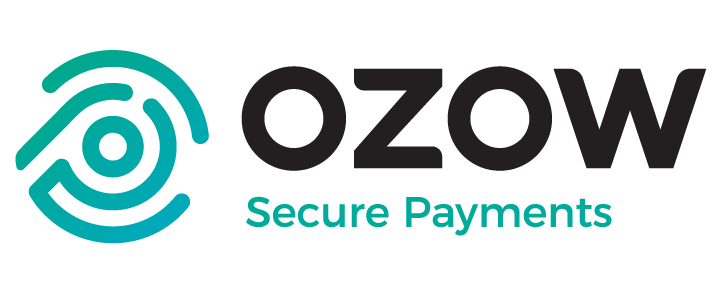
5. Ozow
Ozow offers Instant EFT payments—a method that’s hugely popular in South Africa, especially among customers who don’t have or don’t trust cards. EFTs are said to be the second most popular payment method in South Africa, so not using them for business would be a big miss.
If you want to offer a frictionless alternative to cards, this is it. Using Ozow allows you to collect payments more easily, quickly, and safely. Simply send your customers an SMS payment request, e-billing, or a QR code, and wait for a notification that funds have been received.
Pros:
- Low transaction costs: Often cheaper than card-based payments.
- Fast and secure: Instant confirmation without the need for proof of payment uploads.
- No need for registration: Customers just pay using their bank login.
Cons:
- Only EFTs and cards: No other payment options are available.
- Redirect checkout: Your customer leaves your store to complete payment.
- Dependent on banking uptime: If a customer’s bank is down, payment can fail.

6. Yoco
Yoco started as a card machine provider for small businesses, but now it offers online payments too. Their Shopify integration lets you accept card payments online, backed by a strong local brand. Yoco integrates with your web builder of choice and gives you access to a suite of tools, such as Yoco App, Yoco Link, and the Yoco Portal..
Pros:
- No monthly fees: You only pay when you make a sale.
- Simple setup: Shopify plugin is easy to install and use.
- Great local support: Their customer service team is responsive and knowledgeable.
Cons:
- Limited to cardsand Instant EFT: No alternative methods at this time.
- Higher fees for smaller volumes: Rates drop as your sales grow, but can start off steep.
- Basic features: Good for straightforward setups, but lacks deep customisation.

7. Peach Payments
Peach Payments is a versatile local gateway that works well for growing businesses. It offers credit cards, Instant EFTs, and BNPL solutions, with a smooth Shopify integration and plenty of room for scaling. Peach Payments also supports global transactions, allowing you to scale.
Pros:
- Feature-rich: You get a range of payment methods in one place.
- Local-first: Based in South Africa, with local support and Rand-based billing.
- Custom checkout: You can opt for embedded or redirect checkout flows.
Cons:
- Pricing may be custom: You’ll need to chat with them for quotes based on your sales volume.
- Advanced features may need dev help: Not all merchants will use the full toolkit.

Shopify prices in South Africa
Shopify offers four core plans, each with different features and fee structures. These monthly subscription fees are on top of the transaction fees you pay to your local payment gateway.
To recap: Since you don’t have access to Shopify Payments, you’ll also pay a Shopify cart fee on every transaction—a percentage Shopify takes because you’re using a third-party payment provider.
Here’s how it all adds up.
Table of Shopify pricing in South Africa
|
Shopify Plan |
Platform Fee in Rands (ZAR) / USD |
Shopify Cart Fee% for third-party payment gateway providers |
Local Gateway + Fee |
|
Basic |
R466/$25 per month |
2% |
Netcash – 2.95% |
|
Grow |
R1213/$65 per month |
1% |
Netcash – 2.95% |
|
Advanced |
R7443/$399 per month |
0,6% |
Netcash – 2.95% |
|
Plus |
R42900/$2300 per month |
Competitive rates for high-volume merchants |
Netcash – 2.95% |
Other third-party payment gateway fees:
- PayFast – 3.2% + R2.00 for card; 2% + minimum R2.00 for Instant EFT (more fees).
- Yoco – 2.95% for local banks, 3.4% international cards, 3.40% AMEX (more pricing)
- Peach Payments – 2.95% + R1.50/transaction for local cards, 3.50% + R1.50/transaction for global cards, 5.25% + R4/transaction + R1.50/transaction for Payflex (more fees).
Here’s an example of a single R1000 transaction
Let’s look at what happens to a single R1000 sale on Shopify using the Basic plan and a typical local payment gateway like Netcash.
- Shopify cart fee (2%): R20
- Payment gateway fee (Netcash – 2.95%): R29.50
- Total fee: R49.50
- Your take-home: R950.50
That’s nearly 5% of the total sale lost to fees, and we haven’t even included your Shopify platform fee yet. If you’re using Buy Now Pay Later or voucher options, expect gateway fees to be a bit higher, usually in the 4-6% range.
Get better rates and transparent fees for your online store payments.
Ask us about the Netcash Payment Gateway.
FAQs about the best payment gateway in South Africa for Shopify
Wrapping up Shopify’s best payment gateways in South Africa
Using Shopify in South Africa comes with a few challenges, but the right payment gateway can make a huge difference. From local support and Rand (ZAR) billing to support for payment types South Africans actually use, there are great solutions out there.
Netcash is launching its Shopify integration soon, giving you access to powerful tools with local support, bank-grade security, and a single account to manage all your payments.

Candice Sergeant is a digital dynamo at Netcash, where she’s on a mission to help South African businesses level up their online game. As an eCommerce Product Owner, she’s got her finger on the pulse of the latest trends and technologies, constantly seeking out ways to boost sales and streamline operations. With a knack for spotting opportunities and a passion for innovation, Candice is your go-to guide for taking your e-commerce business to the next level.

